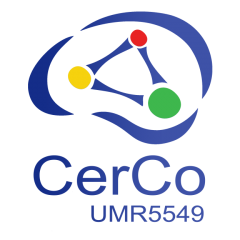These models are able to learn without any supervision the recurring properties within the visual scenes from a very simple computational law proposed more than fifty years ago! Within the neural network, the synapses associated with the most frequent visual properties are gradually strengthened while those associated with rarer or non-existent properties are weakened.
The results of this study, to be published in the journal Journal of Neuroscience, showed that when the model is trained with natural stereoscopic images, the neurons of the artificial network automatically become selective to binocular disparity, a property underlying stereoscopic perception. The structure of these neurons is also very similar to that of neurons recorded in living organisms, unlike what has been observed from more complex computer models without biological basis. This original approach also made it possible to show how known and present biases in our environment can influence our treatment but also our perception of the visual scene.
In general, this study provides a better understanding of how our sensory and particularly visual selectivity evolves as a function of post-natal experience. It could help to better understand and potentially prevent certain developmental pathologies such as amblyopia. http://www4.cnrs-dir.fr/insb/recherche/parutions/articles2018/b-cottereau.html This has been reported in the “Lettre d’info des institut du CNRS”.
